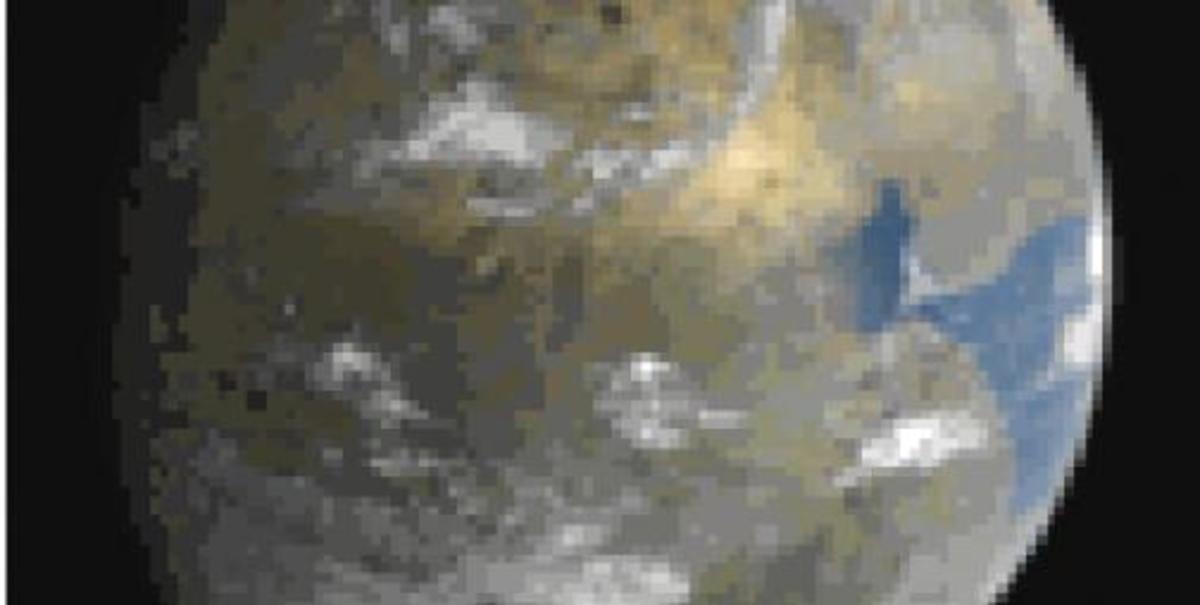Sara Seager's Group
The research of Professor Sarah Seager and her team focuses on computer models of exoplanet atmospheres, interiors, and biosignatures with the goal of understanding the atmospheric composition and interior characteristics of such bodies. Recently Seager's Group has begun to focus on the new and growing data set of transiting exoplanets.

Website:
http://seagerexoplanets.mit.edu/EXOPLANET ATMOSPHERES
The goal in studying exoplanet atmospheres is to understand the atmospheric composition and temperature. We want to be able to recognize planet atmospheres like Earth’s: with water vapor, oxygen, ozone, and carbon dioxide. These strong absorbers would make the major contributions to the spectrum we could observe from afar. While the detection of true Earth twins is some time off, we are busy trying to understand hot Jupiter and hot Neptune atmospheres observed by primary and secondary eclipses for transiting exoplanets. Professor Seager’s group’s research focuses on computer models of exoplanet atmospheres and interpretation of data from space telescopes.
EXOPLANET BIOSIGNATURES AND EARTH TWIN PLANETS
Biosignatures are signs of life in an exoplanet atmosphere or on an exoplanet surface. Earth’s biosignatures are oxygen (produced only in large quantities by plants and photosynthetic bacteria) and ozone (photochemically produced in the atmosphere from oxygen). Nitrous oxide is an atmospheric gas also produced by life, but is difficult to detect. Methane is produced both biologically and from mid-ocean ridge volcanism. Water vapor is considered a sign of habitability, because all life on Earth needs liquid water; atmospheric water vapor is indicative of liquid water oceans for terrestrial-like planets. Earth twins refer to planets just like Earth, orbiting sun-like stars with liquid water oceans, continents, and thin atmospheres.
EXOPLANET SPACE TELESCOPES
Seager’s group are involved with using data from two exoplanet space telescopes: Kepler and EPOXI. In the past, they also helped interpret hot Jupiter upper limits to reflected light from MOST. Prof. Seager is a participating scientist member of the Kepler Science Team. Prof Seager is leading a concept study on ExoplanetSat, a nanosatellite concept study to find transiting Earth-size planets around the nearest, brightest sun-like stars in the sky.
Watch a recent presentation Professor Seager gave at the Linda Hall Library in May 2010:
Dr. Sara Seager - Exoplanets and the Search for Habitable Worlds from Linda Hall Libraryon Vimeo.